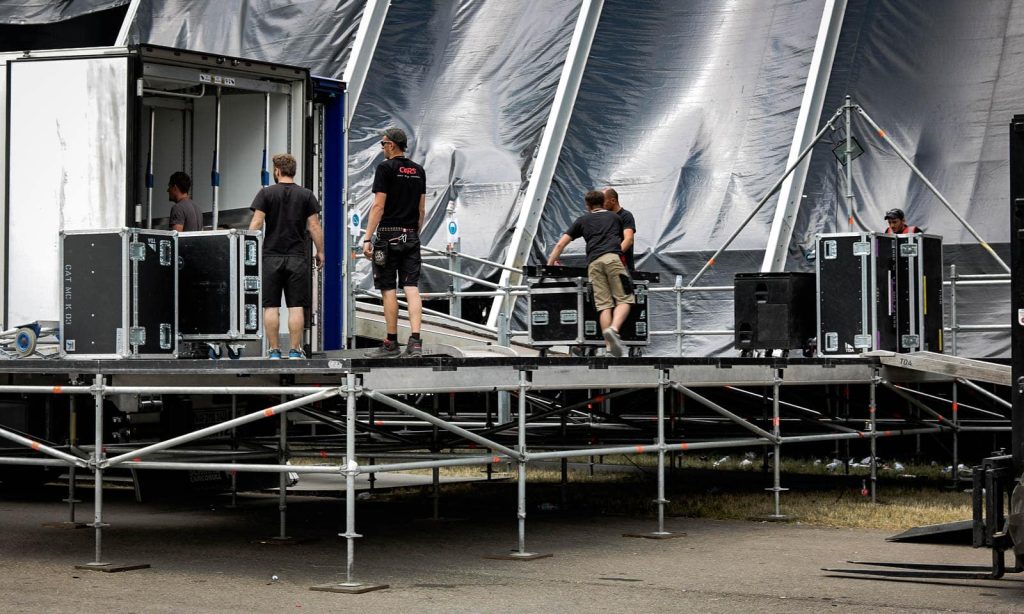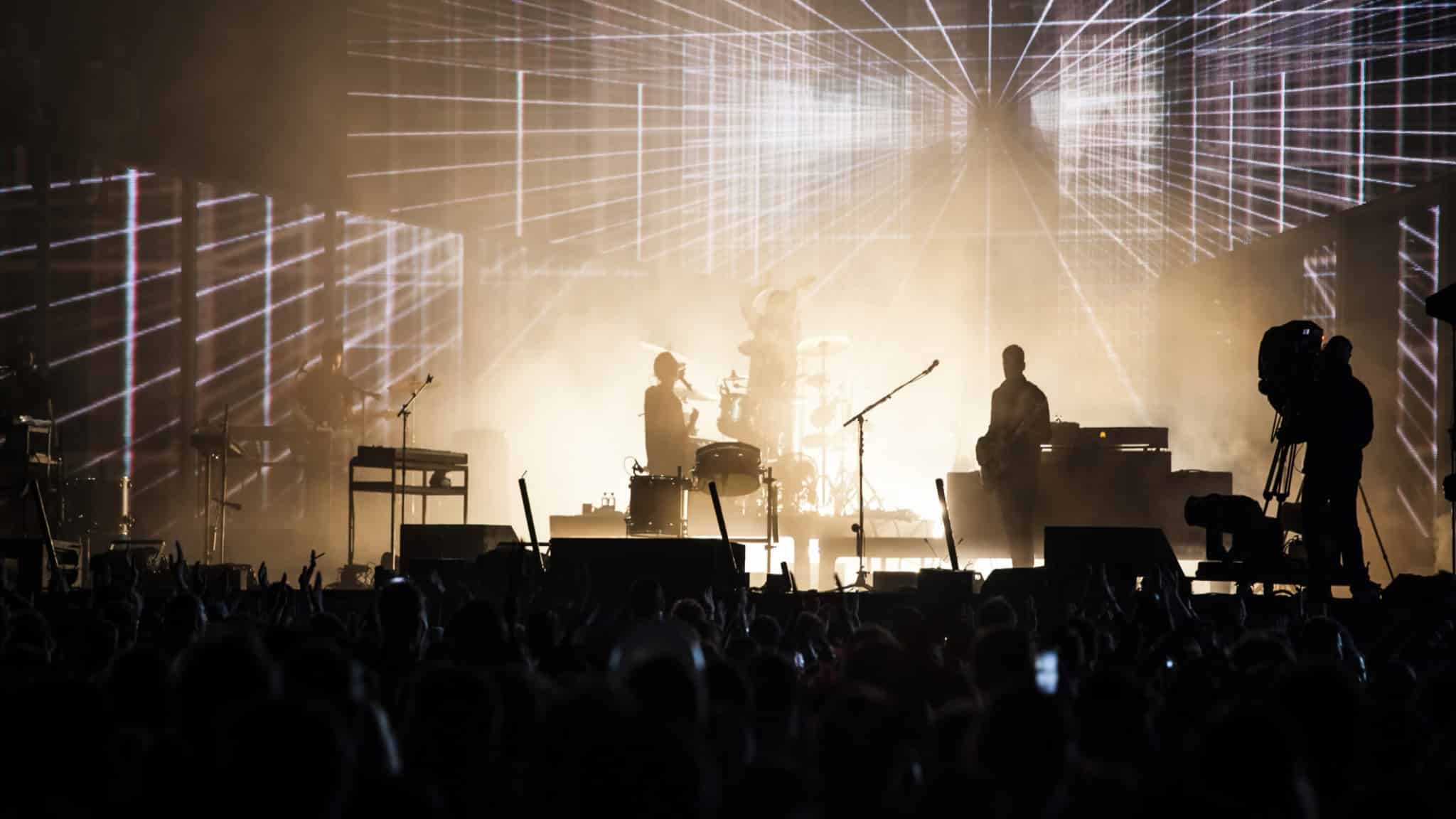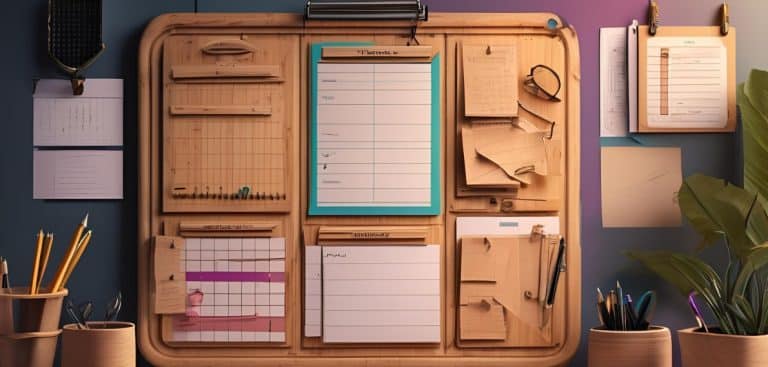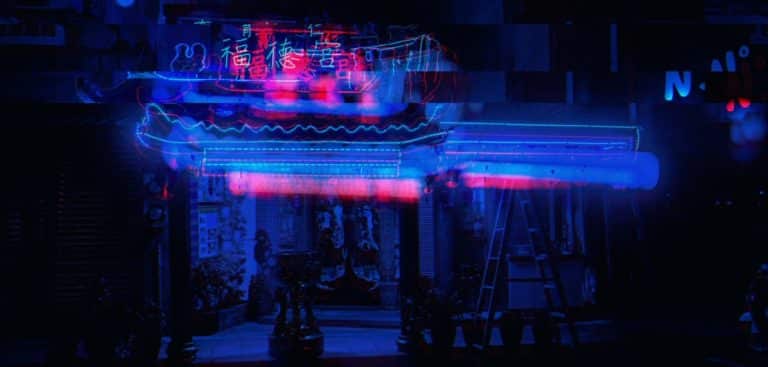Festivals are fun. Planning them, however, can seem daunting. There are several moving parts – from last-minute changes, to crowd-handling and managing expectations and requests from talent and their teams. If the planning and logistics are not set-up for success, it can be a severely stressful ordeal for all stakeholders involved. The success of an event (or the lack thereof) has a huge impact on the image of the organizer, and can – in worse cases – even lead to future partnership dropouts and rejections from artists, sponsors, and the industry at large.
As event planners and marketers, we know how crucial each aspect of event planning – no matter how seemingly minuscule – is to the building and strengthening of our brand image and hold in the industry. it becomes imperative for us to ensure everything is planned and set up, and our teams are ready for showtime.
Although all the action happens on stage, to ensure everything goes right there, the backstage becomes the most essential to an event or festival – it is its backbone. And it takes on an even more crucial role when it comes to festivals.
In this blog, we will cover:
- The finer details that differentiate a festival from a concert
- The fundamental aspects of a backstage setup –
- Planning & Briefing
- Logistics & Setup
- Hospitality
- (Bonus!) Backstage Setup Checklist to support you through your festival-planning
Festivals vs concerts: The difference lies in priorities
As an event organizer, you would already know that festivals could run through a day or be held over a span of a few days, include a line-up of artists or speakers, and are usually held outdoors at much larger venues; concerts, on the other hand, feature one act that draws the crowd, and they may or may not be held outdoors – most often, they’re held at existing enclosed or open-air venues like parks, stadiums, clubs, rooftops, among others. This means that for concerts, the organizers have greater control, over the venue, in managing and hosting talent, and in overall event planning and management. Managing the needs of the artist become important as they’re the highlight of the event and must feel taken-care-of. So, ensuring a clean, well-equipped green room is set up and ready for your artist or speaker. At clubs, while the DJ booth is open, one wants to use a backstage management approach, so the setup is usually managed ahead of time with the sound checked and a person appointed and available to manage the DJ booth. No matter the venue, all aspects of concerts are planned ahead of time. Especially in countries like US, concerts are well-planned and managed, while festivals may involve last-minute changes more often than concerts.
With festivals, it can all get crazy as you’re constantly switching between acts or speakers, while simultaneously ensuring the light and sound, and everything else goes as per plan. Stage management becomes pivotal here, and having a contingency plan for every aspect of the festival, can really help you as an organizer rest assured everything will go as per plan, or the festival will go on smoothly, even if parts of the plan change last-minute.
The fundamental aspects of a backstage setup:
Successful festivals require all essentials in place, so the event is an enjoyable and memorable experience for both performers and the audience. Without these essentials, the festival could be chaotic and unorganized. Not to mention, the breakdowns could drive the artists to not feel comfortable or motivated to give their best performance. Their comfort and wellness are your responsibility and ensuring that happens begins with the green room, but also other essentials.
Topping your list of essentials should be what’s one of the most important parts of planning a successful festival – the backstage. From a comfortable green room to security and catering, a well-equipped backstage area is essential for creating a smooth festival experience. It’s the area where your staff and artists will rest and plan for the next set. It’s imperative that you supply your backstage with the essentials to ensure all related parties can rest and prepare for a stunning performance.
Let’s explore the fundamental aspects of a great backstage setup that should be a staple at every successful festival:
Planning & Briefing
There’s no better way to ensure your festival will be a huge success than by having a solid plan that includes backup and contingency plans, and to ensure your entire team is on board and in sync with every detail of the plan. Being thorough and leaving no room for second-guessing will ensure a seamless festival experience for not only the attendees, but also the organizers.
Core Operations Plan & Activity Checklist
One of the first things you have to do is get through the core planning of what is going to happen backstage. Hash out the details with the backstage productions team to create a plan for how things are going to flow. It’s extremely important to know what is going to happen when and where, to ensure all moving parts will run smoothly, especially backstage, where things are known to get crazy and out of hand fast. You want to create and coordinate a checklist that goes over all the necessities such as a crude measurement of how big the backstage is going to be and the amount of access production staff and talent will have to it, where backstage equipment is going to be set up, designated space for green rooms and dressing rooms, and where the center of operations will be located – which is basically where everyone will end up reporting to, to discuss last minute change-ups and clarification on activities and schedules. Also, for festivals, it’s best to have your team members use walkie-talkies or phones to coordinate as physically getting from one end of the venue to another may cause delays. This is not an exhaustive list, but it should give you an idea of what a core operations plan is and what it’s used for during backstage set-up and activities. You definitely want to tweak the plan and checklist to your specific requirement, and don’t get overwhelmed if these run into lots of pages. Having a physical handbook is going to go a long way!
Scheduling & Contingency Plan
As you are probably familiar with and understand, scheduling is extremely important to the flow of any music event, especially a large-scale festival. Creating a timed schedule of which artists will be going on-stage when, will help determine how you’ll schedule what will be going on backstage. For instance, if you have an artist scheduled to go up at 5:45 pm after a band, you can plan for the backstage to begin preparing at least an hour beforehand and have the artist arrive on the wings at 5:30 pm to go on promptly as the set is being prepared. Additionally, prepare for surprises. You want to leave time and room for the what-ifs so you can tackle and smooth them out properly and effectively.
Site Map, Access & Security
Drawing a map of not only the festival site but also the backstage setup will create smooth access and leave the production and backstage staff better prepared. You want to be meticulous and label rooms, spaces, and where equipment is located, so teams will know where exactly they have access to backstage.
Security is an essential part of any successful festival, as it ensures the safety of both performers and attendees. Familiarizing the security team with the site and backstage map will also keep the backstage secured while also keeping access restricted to staff, teams, and artists only for privacy and safety. The security team would be responsible for overall safety – of the performing artists, the staff, the audience, as well as the organizers. So, having a solid and definitive security plan, especially for big-scale festivals is crucial.
Pro tip: Having greater control over access and access-permissions helps. Demarcate zones where attendees may be allowed, where only the organizing team can go, where only the core team has access, and strict no-entry zones. You certainly don’t want unauthorized access causing mishaps, like someone tripping over cables in a section that should have been kept free from crown.
Work Safety Protocol
It’s important that you go over any work safety protocol with staff and production to avoid any medical or legal mishaps. Identify the expert in your team and give them full control to brief and train teams, staff, and volunteers. You do not want any accidents that could be avoided otherwise. Knowing what is restricted and allowed will also ensure teams work more productively and collaboratively.
Medical Facilities, Emergency Response & Evacuation Plan
Preparing for medical emergencies and critical situations is a must that every event organizer should meticulously go over. If needed, speak with experts to plan the best evacuation plans in the case of a critical emergency. Additionally, provide a space for medical facilities backstage and around the venue itself in the case of a medical emergency. You want to prepare for any issues that could be saved with prompt medical assistance.
Logistics & Setup
Logistics lies at the heart of an event setup and for festivals, it’s critical to account for various things as far as your logistics and overall backstage setup is concerned.
Communication
In a venue as big as a festival site, communication is important. Creating networks of communication through walkie-talkies, quick texts, and alerts are a few of the ways to keep staff connected and coordinated. The center of operations should be the main point of communication for any large changes, emergency situations, and keeping tasks in check. Further, appointing certain staff as responsible for each sub-aspects ensures accountability and helps keep things organized and smoothly-running at scale. The first step to establishing communication is by keeping all staff, crew, and talent teams in the loop about the schedules and itinerary, with any last-minute changes communicated through a mass medium, so everyone is updated realtime.
Handling & Storage
The truth is, you probably begin setting up weeks ahead of the actual festival date. So that brings up the obvious question of, where is all the equipment going to be stored? You want to plan for this specifically, thinking about how to not only store event-related equipment but also keep it stored securely. You want to especially make sure that your venue is booked well in advance, and for not only the duration of the festival, but a day or two before and after, so you can have the necessary equipment unloaded and stored at the venue. You want to be extremely sure about the security at the venue, about handling equipment, and be mindful of the weather. If the venue is open air, leaving equipment there would be a bat idea, in which case, you’ll want to opt for hiring space with a storage and warehousing company close to the venue.
Reserve & Backup — equipment, furniture, and other event-specific paraphernalia
Assume the worst case scenario. Power outage, a broken mic or worse, sound system. If you’re able to bring in reserve and backup equipment like sound systems, lighting, and even furniture that you might need, do so. Possibly include power backup arrangements as well. This way, no breakdown will cause stress as you and your teams will be prepared for whatever comes. During soundchecks and test runs, you want to test all your equipment so you’ll avoid any last-minute scrams to fix or change anything, or bring in extra tables or couches for backstage.
Ambiance, Light and Sound
This might be the last thing you think about but the backstage ambiance is also critical to ensuring not only your talent but the staff is working under ideal situations. Setting the lights, sound, and temperature to ideal settings will keep artists relaxed and ready to go on stage. For technical reasons, the perfect lighting backstage is also necessary to ensure staff can see what they’re working with and walk through without any accidents.
Production Workstation Setup
Your center of operations will be where the bulk of your backstage productions and workstations will be set up. Think of it as center management. This will be the place where staff, crew, and talent personnel will go for any clarifications, directions, and scheduling situations. If there are any concerns or conflicts, everything must be reported to production because they are managing the flow of the festival onstage and backstage. Ideally, you want to arrange for a strong and steady wifi setup for these workstations.

Green Rooms — with separate dressing and changing sections, and a resting lounge
At a standalone concert, your focus is naturally on the talent. At festivals, there’s already so much happening, that intentionally planning for your artists’ comfort will ensure they’re in high spirits at all times, and will deliver an exceptional performance.
Performers need time and space to rest, recalibrate, and prepare for their next set. While they may be the life of your event, they need a break to stay focused and perform at their best, consistently. You want to make sure your green room is well-equipped and stocked with essentials like packaged water, a first-aid kit, and comfortable furniture. Having separate dressing and changing sections will also provide artists the space and privacy to prepare to go onstage stage. Hair and makeup rooms should also be provided if possible, as this can help performers feel more confident before taking the stage. This is especially important if your artists and performers are set to go on stage more than once and feel the need to change their look in order to keep the audience excited. Lastly, temperature control should be tailored to the needs of the performers to ensure they are as comfortable as possible before going on stage.
Communicate with your artists’ teams to identify the necessary equipment to help support the artist before, during, and after the event. Further, ensure that access to green rooms is limited to the artist, their core team, and your designated team members who would be responsible for managing and coordinating with each artist at the event.
Pro tip: Account for space for multiple green rooms and rest lounges, because at festivals, you will have a whole line-up of artists, speakers, and performers, who may need to simultaneously get ready, especially if your festival has multiple stages. So, taking care of everyone’s needs will become easier if you’ve checked-off a big list-item like this one. Also, designate one or two team members to each performer, so they can keep them engaged and entertained, and take care of their specific needs.
Restrooms
Restrooms seem like a no-brainer but it’s important that you think about the artists’ and staff’s basic necessities. Create the space and utilities for them to take breaks and take care of their needs in a safe environment. Think about whether you’ll provide unisex, male, female, or gender-neutral restrooms to ensure that you are being inclusive and welcoming to all people. Goes without saying that you want to be extremely mindful of hygiene when it comes to restrooms. Make sure to arrange for separate restrooms for the artists – these are tiny details and seemingly not impactful, but cumulatively, they do leave a big impression on talent and partners, and add to their overall experience and motivation.
Hospitality
Transportation
You need to figure out a plan to transport artists, staff, security, stage equipment, and more to the festival site efficiently. You want to book vans, trucks, and special transportation that is needed to prepare and construct the festival site, load and unload equipment, and transport your artists and staff to and from the site, with utmost safety. Besides booking the transportation, thinking about the safest routes and scheduling times for transportation will efficiently get things moving without mishaps.
Catering
Food is important for keeping performers energized and ready to perform, and the staff nourished and ready to take on tasks that come their way. Talk with the artist and their teams to find out if there are any dietary restrictions that the artist may have. Order a variety and selection of food to choose from and label everything accurately to respect everyone’s dietary restrictions.
Backstage Checklist
For your convenience, here’s a quick-to-follow exhaustive checklist that includes all the essentials of a backstage setup, so you’re more in control, no matter what happens.
- Core Operations Plan
- Activity Checklist
- Amenities like restrooms, green rooms, and rest lounges
- Catering
- Communication
- Security
- Medical assistance
- Technical support
- Transportation
- Rehearsal and warm-up space
- Ambience, light and sound
- Planning & Briefing
- Core Operations Plan & Activity Checklist
- Scheduling & Contingency Plan
- Site Map, Access & Security
- Work Safety Protocol
- Medical Facilities, Emergency Response & Evacuation Plan
- Logistics & Setup
- Communication
- Handling & Storage
- Reserve & Backup — equipment, furniture, and other event-specific paraphernalia
- Ambiance — light & sound
- Production Workstation Setup
- Green Rooms — separate dressing and changing sections, and resting lounge
- Rest Rooms?Hospitality
- Transportation
- Catering
Take your backstage experience up a notch with a Meet-and-greet section:
In case artists at your event are open to meet-and-greets, ask your audience to pre-register for this by sending out messaging to your existing ticket buyers, or creating a separate ticket for access to that area. Both of these can be easily set up directly by an event promoter via Ticket Fairy without a hassle.
In conclusion, it is essential for any successful festival to ensure end-to-end an backstage setup strategy and look into the minutest of details. This includes everything from a comfortable green room to security, catering, electrical and sound equipment, and hair and makeup rooms. All these amenities help create a smooth festival experience by providing a comfortable atmosphere for performers so they can focus on giving their best performance.



